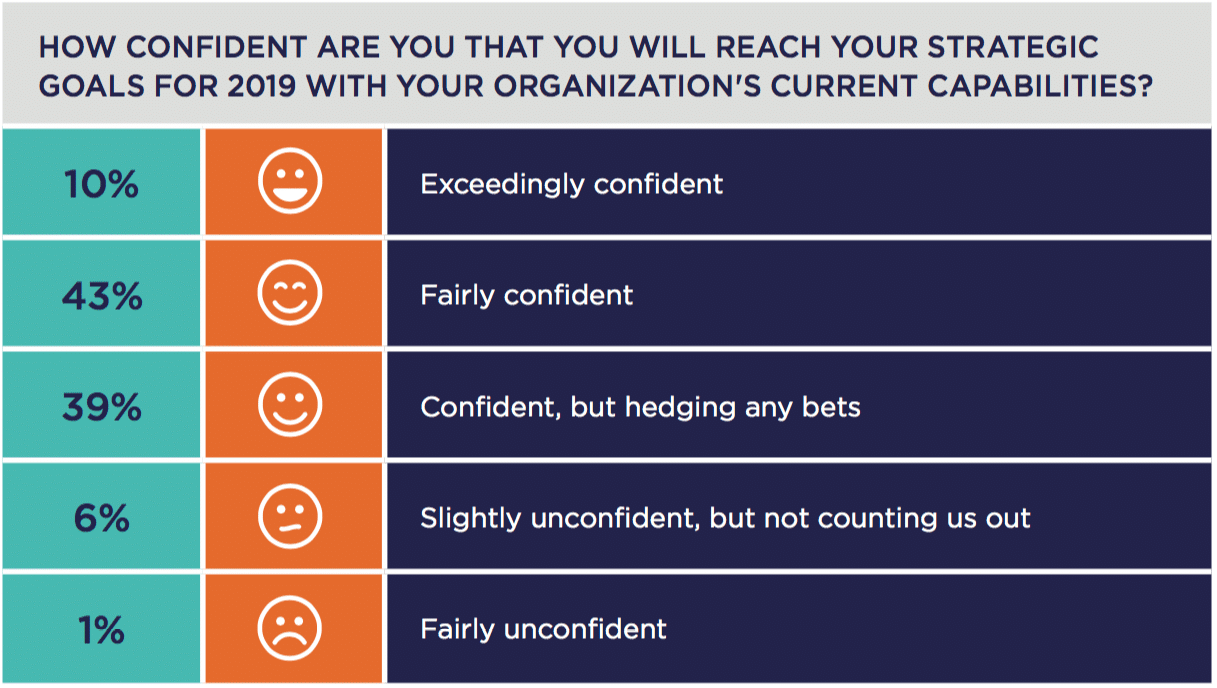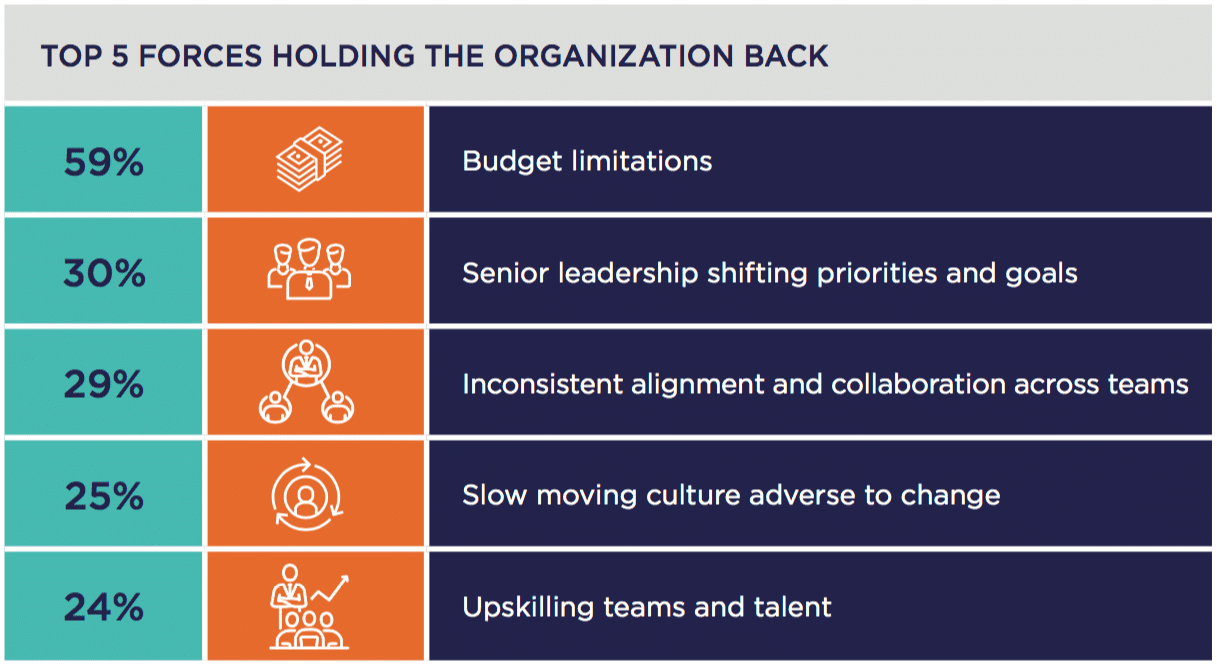Chief marketers are suffering from an intense case of FOMO—Fear of Missed Opportunities—as customers seek more localized, personalized experiences that are relevant to their own cultural context and situation. There is ample reason to understand the anxiety: Only 10 percent of brand leaders are feeling exceedingly confident they will be able to reach their customer engagement and revenue goals.
According to the CMO Council’s new report, Reshaping Global Engagement Operations, today’s customer is seeking security, service and localized experiences based on local language and culture. Unfortunately, 73 percent of global marketers feel only partially prepared to deliver, settling for a “win-some/lose-some” position as their organizations transition to meet the needs of the modern, digitally-connected customer.
The report, produced in partnership with Worldwide Partners, a global network of independent advertising and marketing services agencies, reveals that marketing operational structures may actually be keeping the customer and brand apart. Marketers admit that:
- They are missing the localization mark before campaign deployment by engaging in the dark: 82 percent say local market intelligence is just “OK”; 10 percent admit their local intelligence is actually highly deficient
- Without access to repositories of local intelligence, they will continue to miss opportunities: 57 percent believe lack of localized market insight has had a negative impact; 37 percent believe the lack of local knowledge is partially to blame for stalled relationship development initiatives
Organizational structures may be partially to blame for the intelligence gap
The study investigated three specific operational structures: fully centralized (27 percent), fully decentralized (30 percent), and hybrid structures (30 percent) with local teams executing on strategies from a centralized leadership group.
- Thirty eight percent of marketers operating in a fully centralized organizational structure believe that efficiency of spend and allocation is their top benefit. The downside to the model, according to 37 percent of respondents, is a lack of local market understanding and proximity to the customer.
- Thirty five percent of marketers in a fully decentralized organization say the top benefit is the elimination of corporate politics over execution and decision-making. Forty-eight percent admit the top drawback is not having a clear vision of the brand engagement strategy.
- According to marketers in hybrid operational structures, the top three benefits of their operations include a heightened understanding of the local customer, a crystal-clear understanding of strategy and goals, as well as heightened efficiency that optimizes impact of spend. Drawbacks still pop up, but are largely centered around timeliness of decision-making across the organization.
“Chief marketers embarked on organizational transformation in the name of efficiencies. Modern CMOs must now refine that transformation in the name of the customer,” said Liz Miller, SVP of marketing with the CMO Council, in a news release. “We fought hard to bring rigor and accountability to operations. Now we are asking old processes and operational structures to align with a customer that doesn’t see silos or functions. They just understand their own context and reality, steeped in culture and spoken in their own language.”
Resource and operational alignment issues extend to the dynamics between brand and agency partners
Only 17 percent of marketers believe their operational models totally aligned with their agency partners, forcing some leaders to question the value and the impact of the relationship. This has led marketers to look for partners with the ability to scale quickly, be in closer alignment with business goals, and be a resource for skills and new capabilities around the globe.
This is not to say that CMOs are planning an agency exodus in 2019
Agencies can breathe a bit easier as 64 percent of respondents believe their relationships with current partners will stay in place over the next 12 to 18 months. Those who do foresee shifts anticipate they will bring content marketing (28 percent), customer intelligence (26 percent) and demand generation (21 percent) in-house. Functions likely to shift externally include public relations (21 percent), advertising creative development (24 percent), media buying (21 percent), and live event and experiential engagements (26 percent).
“Solving the localization gap is a matter of structure, not intent. This is a call to action for marketers and agencies alike,” said John Harris, president and CEO of Worldwide Partners, in the release. “Marketers want customer-centric solutions on a global scale, but they cannot get there with a centralized strategy and top-down approach that prioritizes standardization over localization. They need to structure for market-inspired experiences in order to deliver personalized, contextualized and culturally relevant experiences effectively and efficiently. Otherwise they’ll miss opportunities, undermine brand perception and compromise business results.”
Download an executive summary and purchase the full report here.











